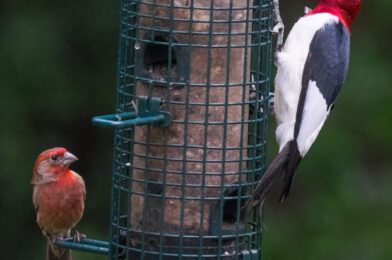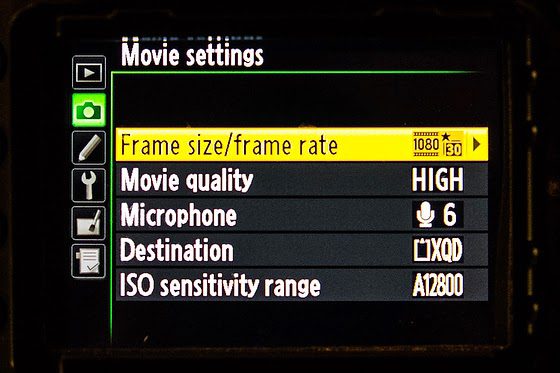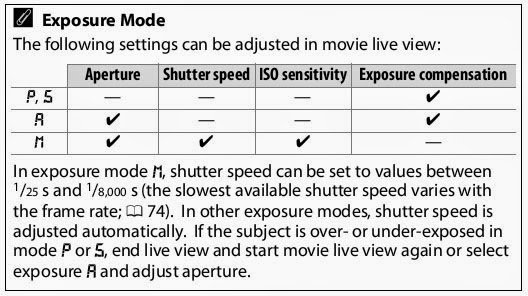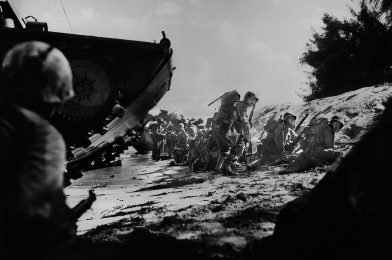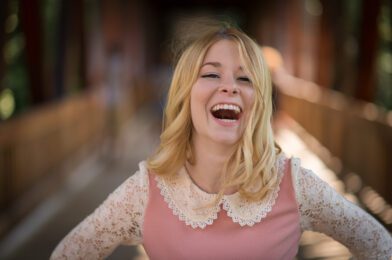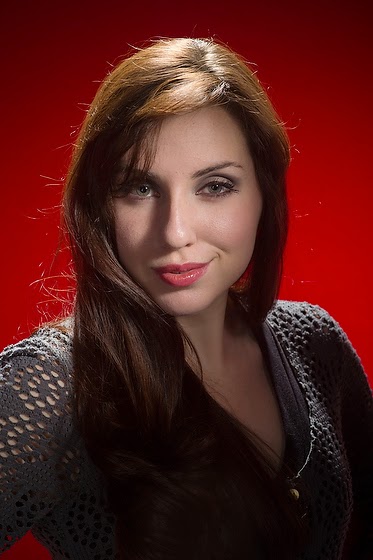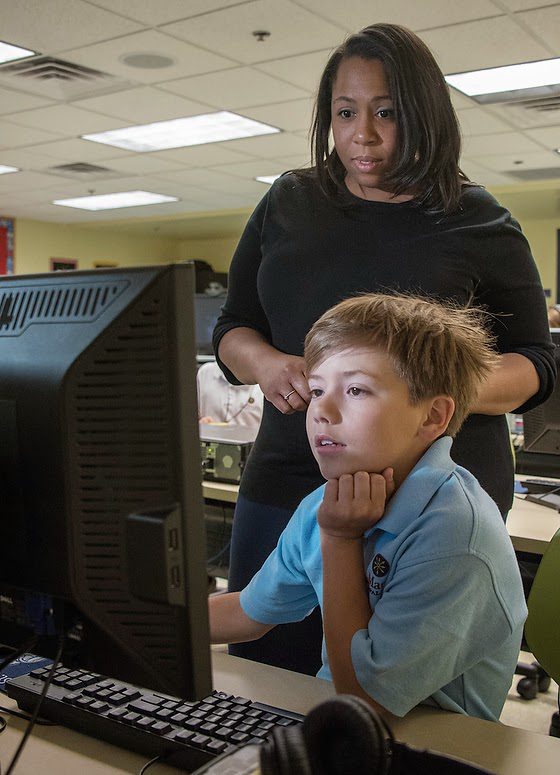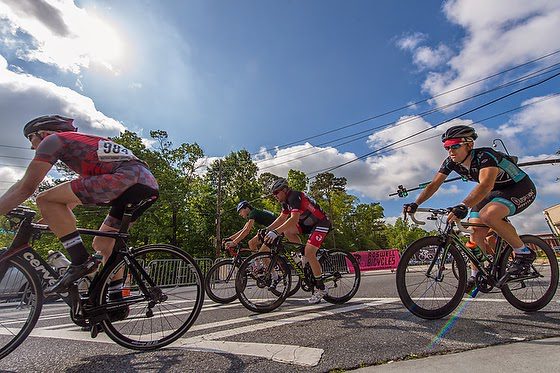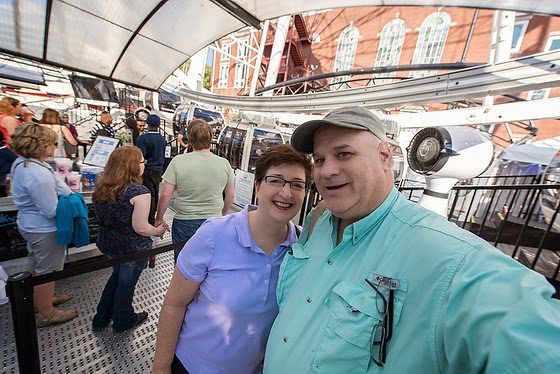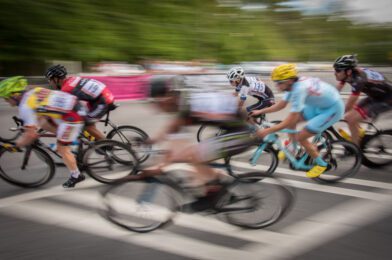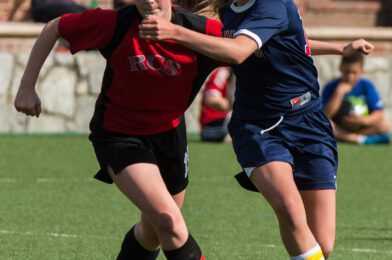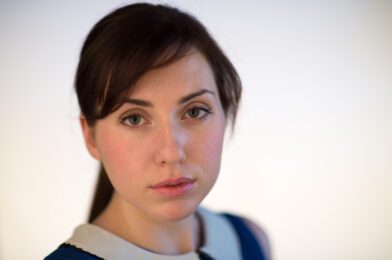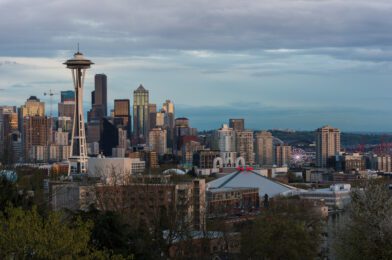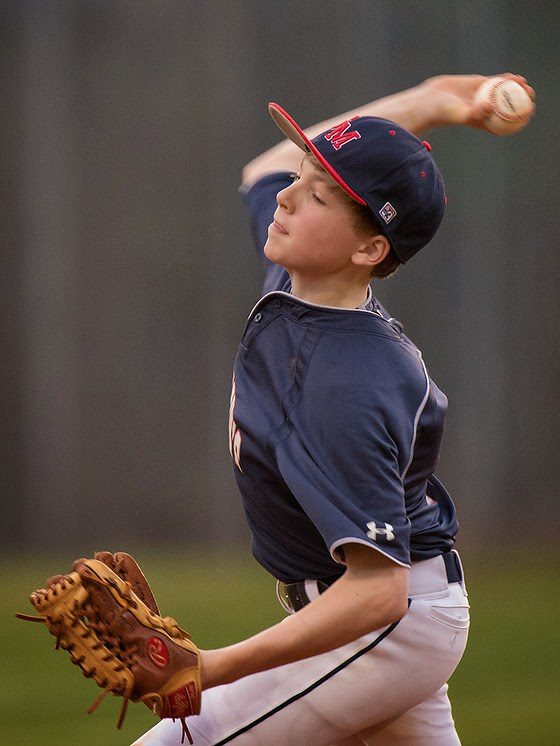| Fuji X-E2, FUJINON XF 55-200mm, ISO 4000, ƒ/4.8, 1/500 |
Do you feel like a little kid all excited about a subject you get to photograph? I know I do, and lately, since we have an excellent bird feeder and a variety of birds at the feeder.
Here we have the male purple finch and the Red Headed Woodpecker on our feeder. Again, this is something that connects me to the past. My grandparents loved their feeders, and I remember them talking about the birds as they visited.
 |
| Fuji X-E2, FUJINON XF 55-200mm, ISO 5000, ƒ/4.8, 1/500 |
I was surprised the woodpecker stayed for so long on the feeder, just chilling. It was lightly raining, and I guess just like we enjoyed a shower to relax, maybe the bird was relaxing from all the rain.
 |
| Nikon D4, Sigma 120-300mm ƒ/2.8 DG OS HSM | S, Sigma 2x EX DG APO Autofocus Teleconverter, ISO 25600, ƒ/5.6, 1/2000 |
Another thing I get excited about is sports photography. As I went through my college negatives the other day, I noticed how much more I shot at a typical game than a specific assignment. Getting a good action shot is much more challenging than getting an environmental portrait.
 |
| Nikon D4, Sigma 120-300mm ƒ/2.8 DG OS HSM | S, Sigma 2x EX DG APO Autofocus Teleconverter, ISO 25600, ƒ/5.6, 1/1600 |
Please note it when you find yourself absorbed and lost in something. This absorption is most likely where your strengths lie. This feeling is something you need to nurture.
 |
| Nikon D4, Sigma 120-300mm ƒ/2.8 DG OS HSM | S, Sigma 2x EX DG APO Autofocus Teleconverter, ISO 14368, ƒ/5.6, 1/2000 |
Sometimes as I have found, you don’t have to go any further than your backyard.

